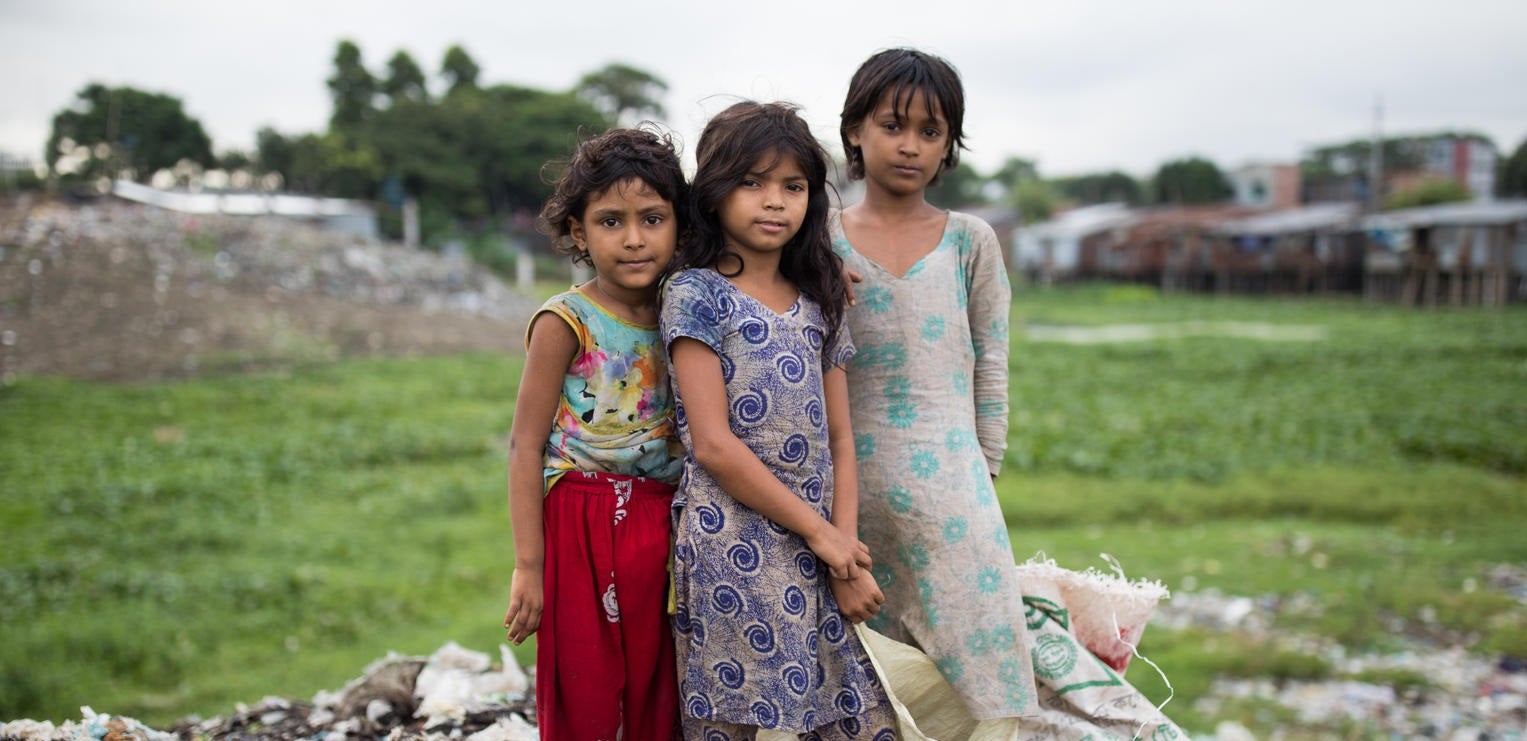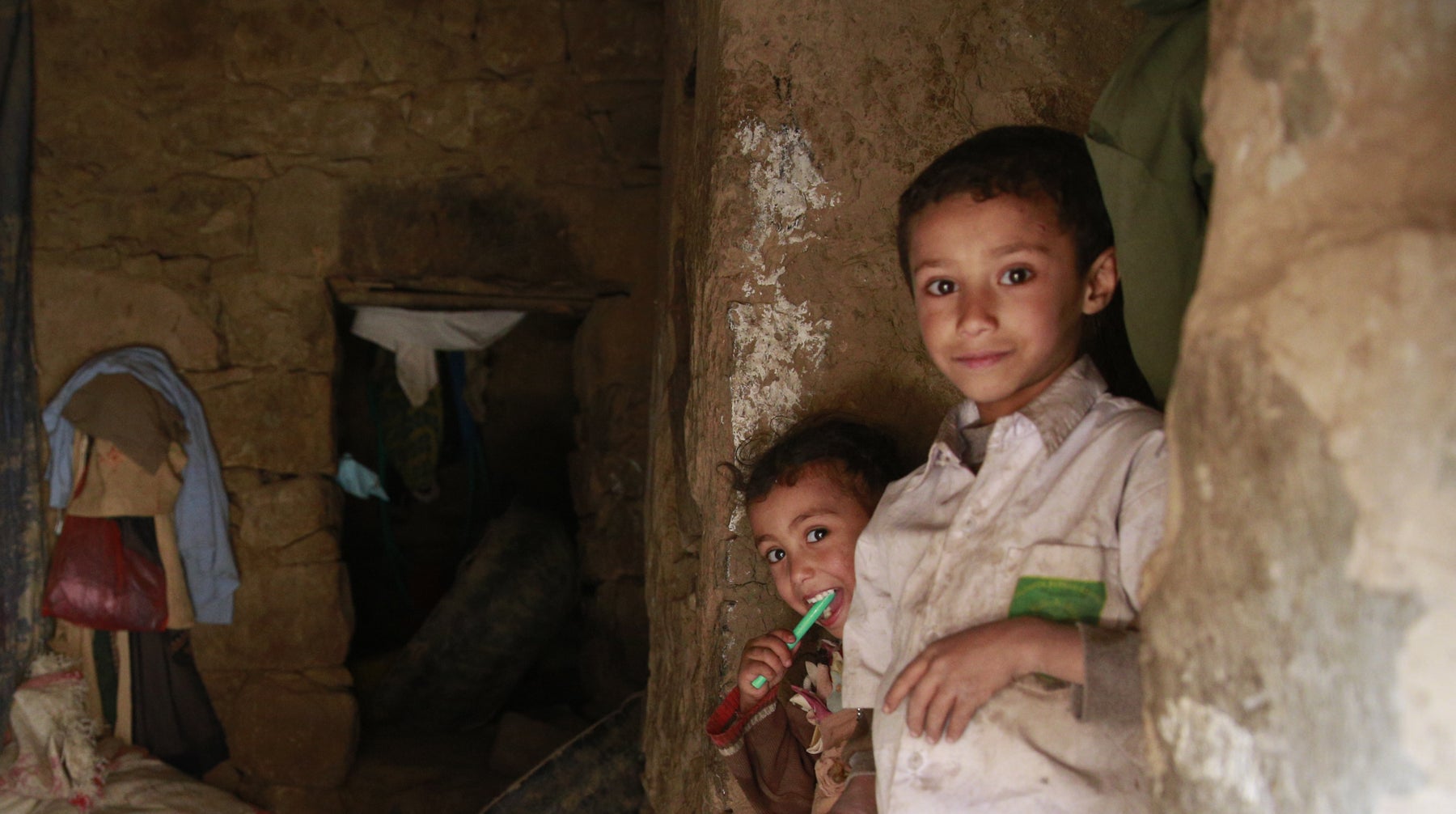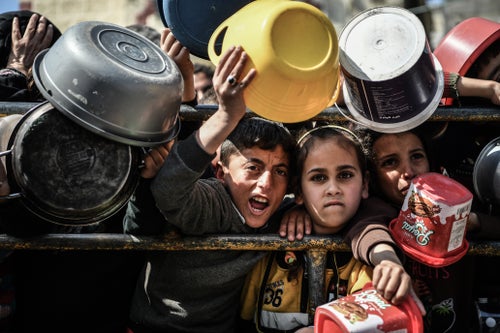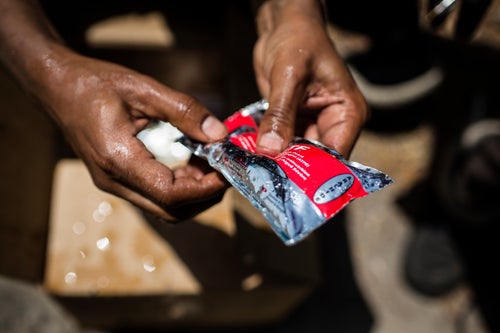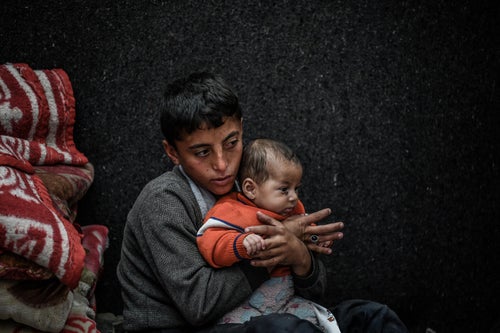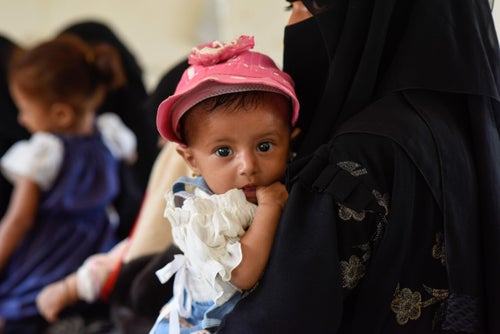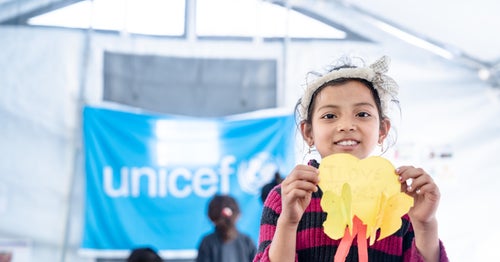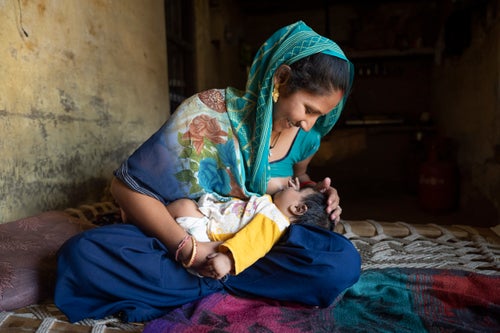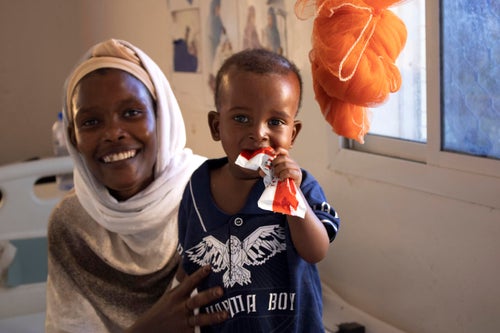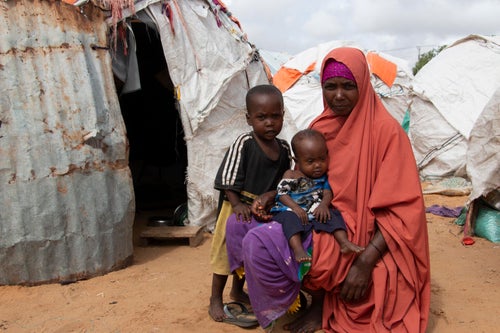For almost seven years, children in Yemen have been at the epicentre of the world’s worst humanitarian crisis.
Yemen was already the Middle East’s poorest country. Then in March 2015, violence escalated into a brutal war that plunged most of the country’s children into crisis.
Children are killed or injured every month in Yemen’s conflict. They’re treated as collateral damage. They’re even targets of war. They’re recruited to fight at as young as 10 years old.
Since fighting started, 10,000 children have been killed or maimed. That’s the equivalent of four children every day.
Continued conflict, poverty and displacement has impacted children’s lives in unimaginable ways. Today, four out of every five children need humanitarian assistance. That’s more than 11 million children.
If you'd like to help us fearlessly deliver to children caught in conflict, please consider giving a gift today. Your kind gift can help deliver life-saving therapeutic food to children caught in conflict when they need it most.
But for Yemen’s children, violence is just the beginning. In recent months, heavy rains have destroyed the shelters of displaced families and schools have been forced to close due to the COVID-19 pandemic.
Our teams are doing everything possible to reach children cut off from humanitarian access. UNICEF has 75 years of experience delivering life-saving supplies in more than 190 countries and we have been working in Yemen throughout this crisis. We won't stop until every child is protected.
Our teams are on the ground in Yemen, fearlessly delivering for every child, no matter what. But surviving has become a lot harder than dodging bullets and bombs.
"Yemen is the most difficult place in the world to be a child. And, unbelievably, it is getting worse."
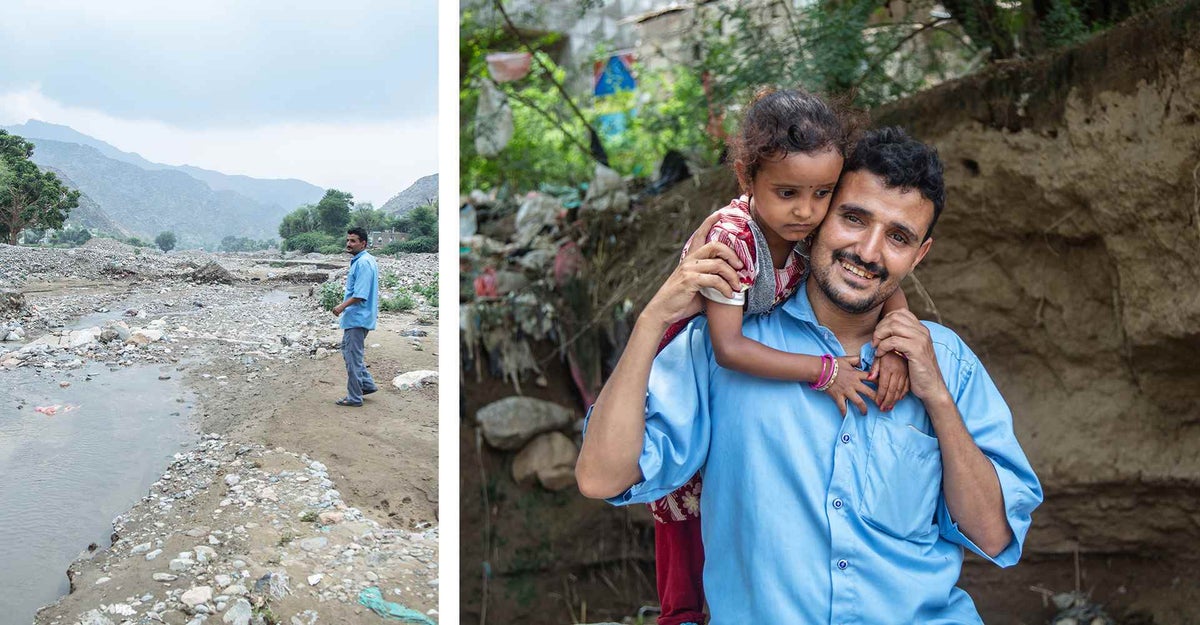
Gripped by malnutrition
In Yemen, the economy is in a critical condition. Teachers, shopkeepers, health workers and business owners have lost their jobs, and family incomes have plummeted. Combined with a lack of access to clean water and health care, every day is a struggle.
Abdulrahman, a health care worker, lives with his wife and children in an area surrounded by pollution because of a lack of adequate sanitation. The sewage collects at a spot nearby his house which causes malaria and diarrhoea, both of which can lead to malnutrition among children.
When Abdulrahman's daughter Rowaida was just over one year old, she became infected with malaria. Abdulrahman noticed that his daughter was getting thinner, so he took her to the health centre.
Rowaida was diagnosed with severe acute malnutrition as her weight and height were nearly 30 per cent less than a healthy child. Malnutrition stunts a child’s growth and intellectual development, trapping them years behind their potential.
“I felt really bad when my daughter was diagnosed with malnutrition. I thought that because I was a doctor, I could treat her myself,” says Abdulrahman.
“However, this is not the case for [the majority of] malnourished children in Yemen,” he adds, aware that his family somehow is more fortunate than most.
UNICEF supports primary health care centres, such as the one where Abdulrahman works. It is one of more than 4,400 UNICEF-supported health facilities helping malnourished children like Rowaida recover.
For four months, Rowaida was fed ready-to-use therapeutic food to help her gain weight and grow well. At the end of the treatment, she had gained 1.5 kilograms.
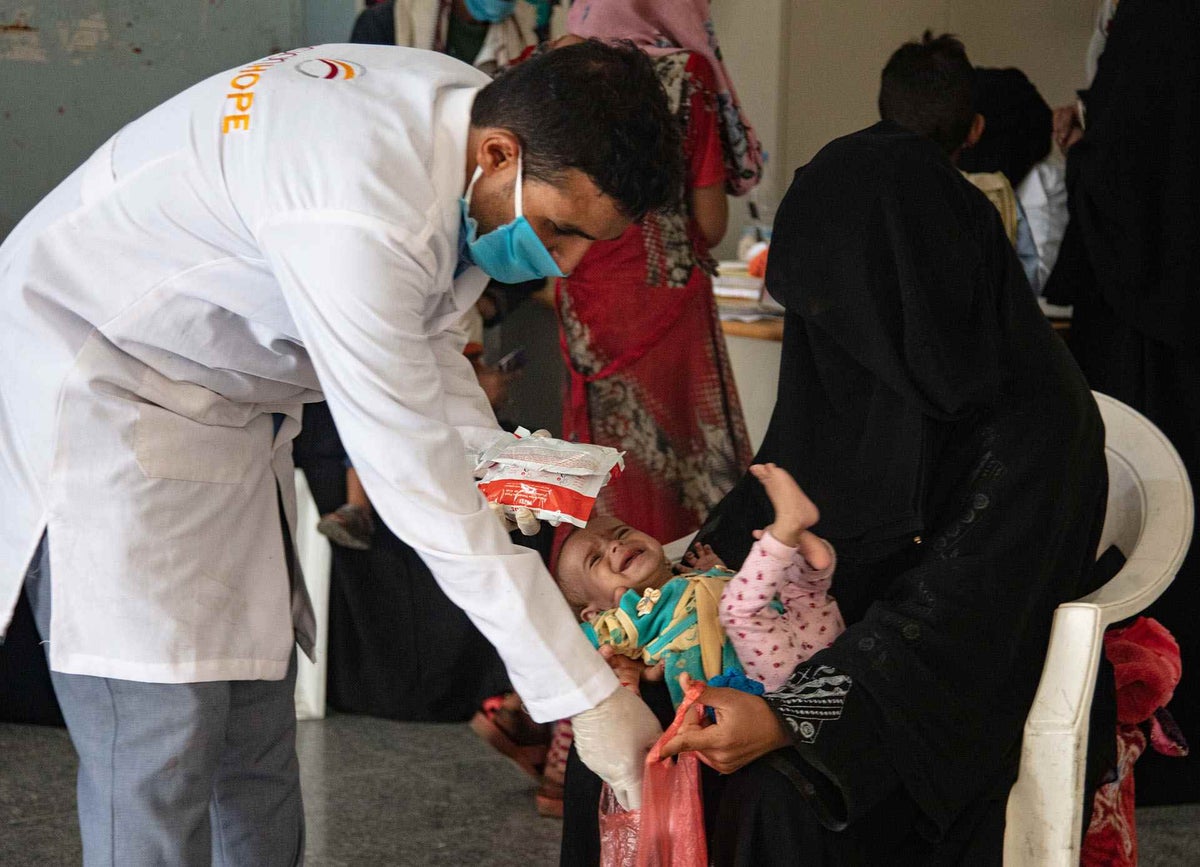
Currently, 2.3 million children in Yemen are suffering from acute malnutrition. Of those, 400,000 children are suffering from severe acute malnutrition and in urgent need of life-saving support.
We don't want this conflict to be remembered by devastating stories and images of severely sick children. Children who waited for the therapeutic food they needed for recovery. Children who couldn’t wait.
"The bottom line: children in Yemen are not starving because of a lack of food—they are starving because their families cannot afford food,” says James Elder, UNICEF spokesperson.
“They are starving because adults continue to wage a war in which children are the biggest losers.”
We can’t leave children in Yemen to suffer in silence
UNICEF teams on the ground are going above and beyond to stop this crisis turning to famine. We have mobilised thousands of health workers to reach the vulnerable children and new mothers missing out on care.
Because of generous support from people like you, we can reach the most vulnerable.
Travelling in cars, on motorcycles, by donkey or on foot, mobile health teams have helped many thousands of young children in remote areas with malnutrition screening and therapeutic food thanks to voluntary gifts from people like you.
Your donation will help fund UNICEF's urgent work for children wherever the need is greatest - including children in remote places and conflict areas in more than 190 countries around the world.
Donate to Children in Yemen
It is eight years into the conflict in Yemen, and the situation is only getting worse.
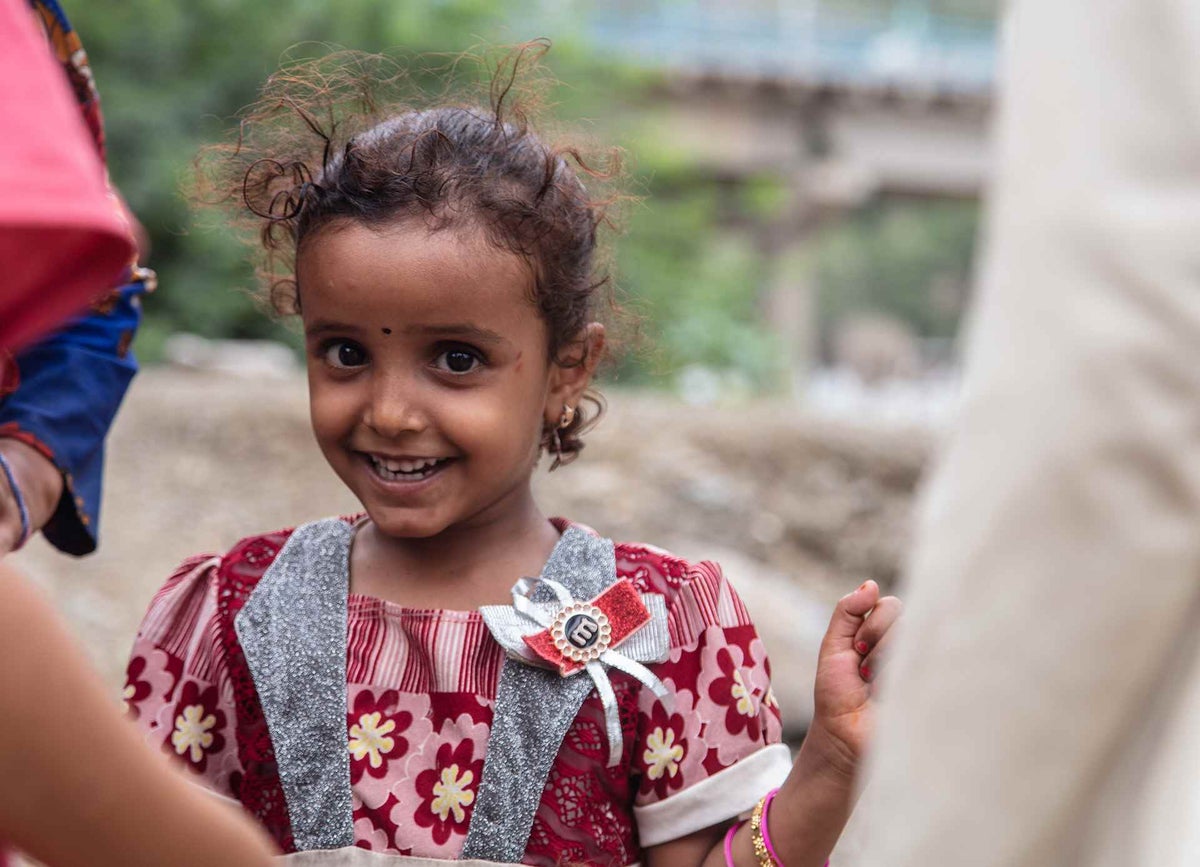
Related articles
Stay up-to-date on UNICEF's work in Australia and around the world


